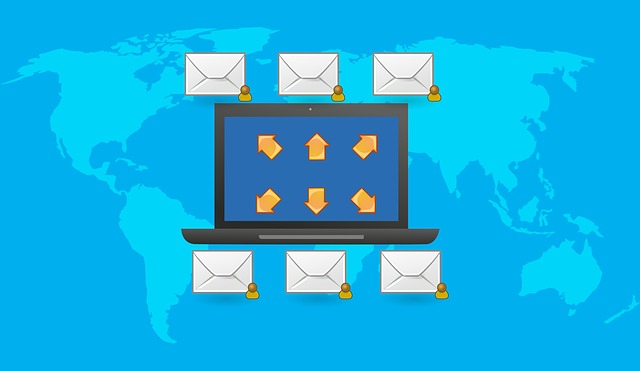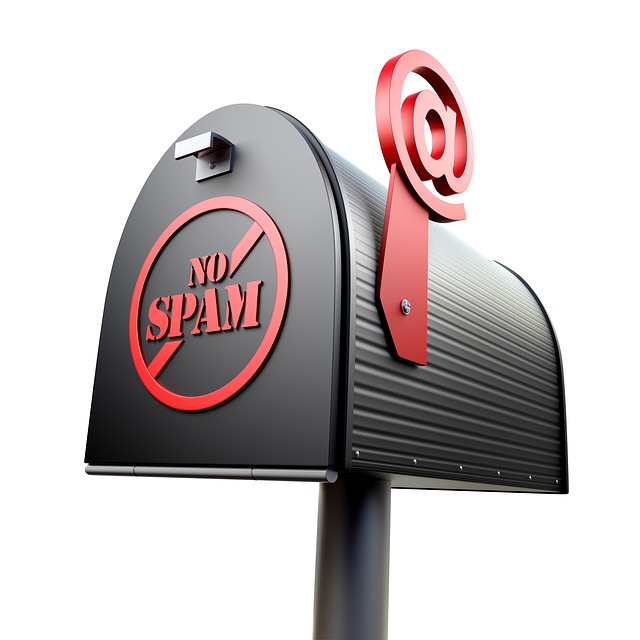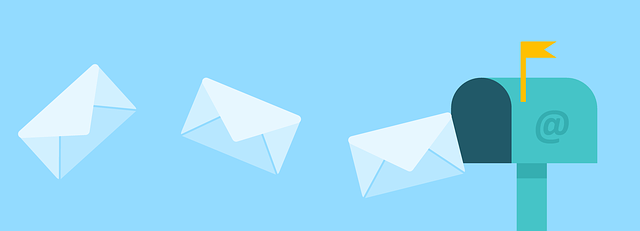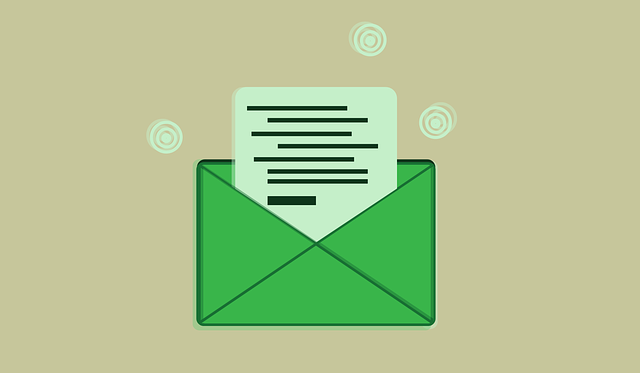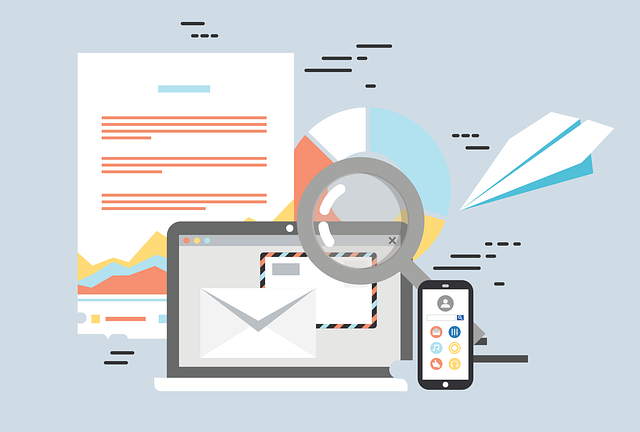When launching an email marketing campaign, even the most successful companies face the threat of spam filtering. Modern spam filters are constantly being improved, so every email marketer should keep pace with these changes. And let’s not forget that your subscribers can mark your messages as spam even after they receive them.
This article will help you deal with the main reasons that emails fail to pass through the spam, and teach you how to avoid emails going to spam.
How Do Spam Filters Work?
First, let’s find out about spam filters.

In the fight against spammers, many entities are involved:
- Internet Service Providers. They develop rules to screen out suspicious activity on the network. Their security measures apply to spammers as well. For example, ISPs collect DNS-based Blacklists, by which they automatically check senders. If the system finds the IP in the Blacklist, it does not allow the incoming messages from this address.
- Email Service Providers. The most popular of these are Gmail, Outlook, Yahoo! Mail. Depending on the reliability of the service, the level of its spam protection will differ. Generally, sophisticated services have multiple spam filters with different algorithms. The most well-known example is a spam trigger words filter. This disallows email messages that contain forbidden phrases or symbols.
- Anti-spam laws have been enacted in many countries. Violation of the norms leads to criminal liability and penalties. The laws apply to personal information theft, phishing activities, user data collection without permission, etc. One example, the CAN-SPAM Act, protects Americans from spam.
All parties interested in proper behavior on the internet unite to combat spammers and scammers. This cooperation leads to a safer user experience. However, the spam filters and traps sometimes catch innocent email marketers, who just want to communicate with their customers.
Let’s take a look at the main techniques for how to stop emails from going to spam.
How to Avoid Spam Filters
We’ve identified 5 main categories of reasons for getting under the spam filters and will tell you how to bypass them:
- Technical basics
- Subscriber base
- Text content
- Email design
- Regulations
Each of these categories has about six options. So, let’s start with the 30 tips on how to get through spam filters.
Sender’s name
When someone receives an email, the sender’s address must be recognizable. It should indicate the brand name. Messages from an unknown address with a common name are more likely to go to spam. When you send emails, don’t use an address with numbers, or ones that include ‘noreply’ before the domain name. It is best to assign a brand name to the address, and clearly specify the sender’s name.
There are penalties for the absence of an address, or false information in the ’from’ field when using email for advertising.
Learn how to send an email to multiple recipients without them knowing.
DNS Blacklist
Blacklists are formed from IP addresses and domains detected in spamming. When a sender gets a bad reputation, their IP is banned, and their messages aren’t sent to recipients.
You can check whether or not your IP has been blacklisted. Here is the website for testing your mail server’s address and domain – Spamhaus Block List.
The test includes the most reputable blacklists used by major ESPs.
Email Service Provider
The ESP you choose will largely determine your success in getting email delivered. Highly-trusted ESPs (recipient) often block messages from untested, unknown, or disreputable ESPs (sender). If your ESP is recognized as being reliable and protected, your emails have a higher probability of getting delivered. The most popular ESP’s, mentioned above, are also some of the most reputable ones as well.
Certification
To increase recipient trust in your emails, you can buy S/MIME certificates for your single email address, or for company addresses. After adding the certificate to your email software, your emails will be encrypted and digitally signed. In addition, your address will be verified by a reputable organization. For example, SSL.com provides Personal Basic Certificates for $20 a year.
Spam test
Have you ever wondered about the “spamminess” of your message? You can test it with a special service that simulates spam filter algorithms and tests email according to certain criteria. One of these services is: http://isnotspam.com
 Before sending an email, you can see an online report which gives you an idea of the probability that your message will pass through recipient ESP spam filters.
Before sending an email, you can see an online report which gives you an idea of the probability that your message will pass through recipient ESP spam filters.
User’s permission
Sending alerts only after a user’s permission is a strict rule specified in the anti-spam laws. Therefore, you need to ensure that all of your subscribers have given their consent to receive email from your company.
Double opt-in
To prevent random users from entering your email list, it’s better to double-check their subscription intention. There are two steps in the double opt-in process. Initially, a visitor has to fill in your signup form. After that, they will receive your confirmation email with a link to verify their email address. This approach reduces the number of bounces afterward. Moreover, you’ll make sure of the real number of subscribers who are interested in your product.
Whitelist
When you add an email address to your contact list, this address is whitelisted by you. Ask your recipients to whitelist your address. This almost guarantees that your emails won’t end up in their spam folder. If your address is in a recipient’s contact list, this will tell their ESP that your emails are trusted.
Let them unsubscribe
The best way to keep customers is to let them choose freely. The creators of anti-spam laws adhere to the same idea. Therefore, in your email, you need to provide a means to easily unsubscribe. If a recipient wants to unsubscribe but does not see how they may ban you. So, provide them with the option to opt out.
Learn how to unsubscribe from emails without an unsubscribe link.
Inactive users
Monitor your subscriber’s activity. If you notice that an addressee is not receiving or opening your emails for a certain period of time (of your discretion), remove them from your database. The more undeliverable messages you send, the more the reputation for your domain suffers. Subsequently, your delivery rate will degrade even further.
You can track subscriber activity using email marketing services. Here are some proven services you might wish to use:
Learn how to create an email marketing campaign in the HubSpot course.
If you’re into email marketing, you might wish to complement your strategy with social media marketing. And the best way to do it for a B2B company is to launch a LinkedIn outreach campaign with an option to extract the email addresses of your potential customers. Here in handy are automation tools, such as Impasto.io. With it, you will be capable of searching the contacts of your leads, reaching out to them through LinkedIn, and continuing communication with them by downloading their contact information.
Frequency
The optimal frequency of sending messages depends on your industry, and your subscriber involvement. You should analyze your campaign statistics. Find the frequency where you don’t lose subscribers, and you have a high open rate. If you rarely contact your subscribers, they’ll most likely forget you. But, when you do contact them, your communication should be valuable, and not obtrusive. That’s the best way to avoid spam filters when sending an email.
Bounce rate
The email bounce rate is the percentage of addresses that return your messages. There are hard and soft bounces. If the subscriber’s email server constantly returns your messages, it’s a hard bounce. The reasons for delivery failure are either an incorrect address or some technical problem. If you can’t resolve the problem, it would be best to delete this address from your database. A soft bounce usually becomes a hard bounce, after five failed delivery attempts. You can check all possibilities to restore the connection with the receiver’s server. But, if your bounce rate gets too high, it will signal ISPs to lower your sending reputation. When that happens, the probability that your messages get sent into spam folders will increase.
Re-engagement
The customer should know your product. A loyal audience is interested in communication. Therefore, the engagement indicators move higher, and so does the trust level of your domain. Re-engagement lengthens the interaction with your customer, and leads to the sales funnel final stage. Find out your audience’s interests, create new topics for emails, and aim for personal dialogue.
Subject line
The subject line and the sender’s name are the first things the recipient sees. They cause them to react. Spam filters act in a similar way. Their algorithms analyze not only separate words, but the general context, and the construction of phrases. The filters catch messages that are similar to emails that were marked as spam in their bases.
Here are some tips on how to make your subject line natural to recipients and filters:
- Limit your use of numbers
- Strictly limit using the CAPS LOCK key
- Don’t use many exclamation marks
- Write in common language
Among the successful examples of non-spammy messages, the interrogative subject lines are mentioned.
Learn how to start a newsletter.
Spam trigger words
Words that are manipulative or too pushy, trigger spam filters. Whenever possible, avoid using them in a subject line. Here are some examples of spam trigger words: ‘Best price’, ‘Free’, ‘Only’, ‘Winner’, ‘Money’, ‘Billion’. Spammers use them very often; you shouldn’t.
Take a look at the list of email SPAM trigger words compiled by the HubSpot marketing platform.
The title matches the content
Be honest. The subject line should briefly describe the message body. If you use the heading only to attract attention, without matching the content, your message will be marked as spam.
Text clearness, grammar, and spelling
Proofread your messages! Checking for errors before sending can save you from unforgivable mistakes. Make sure that your message is clear to your subscribers. Anti-spam algorithms can detect unreadable text. Grammar and spelling are extremely important too. You can check text correctness in special services, like Grammarly.
Links
Spammers use many links to really lure a recipient to click on at least one of them. Don’t follow their lead. It’s better to use a simple Call-To-Action button to redirect a subscriber to your landing page. This behavior is more suitable to avoid filters.
Images
Big images slow email load time and decrease deliverability. Also, it can display incorrectly in a subscriber’s email client. The best illustrations complement the content of the text. If you use an image, cut unnecessary details, reduce its size (if practical), and preview it before sending.
Media content
Video and audio content is better placed on external web resources. Just post a link to the page with a clip in the message if you want subscribers to watch it. This will prevent the video from being improperly played on the recipient’s side.
HTML, JavaScript
Don’t use dynamic scripts in an email. JavaScript and Flash elements alert spam filters. These components are a risk for an ISP.
Some mail clients automatically block HTML to protect receivers from security vulnerabilities. So, you should use both plain text and HTML to reach more users with your message. An HTML version may contain a brand design, and some recipients will get it.
Attached files
To prevent emails from going into spam, don’t send attachments. The filters react badly to them. If you want to provide your customers with a presentation or a price list, redirect them to a website page that has this information.
Embedding forms
If you have a form for the recipient to fill out, you should know that forms are insecure components for an email. As in attachments, add a link to the form to fill out on the website.
Fonts
Elements that are too bright, underscores, and bold print, look sloppy in email. Maintain a professional style in dealing with customers, and in the design of the messages. Simplify your texts, select corporate font, and color. This will foster more trust by subscribers.
Email lists by a third party
Never buy an email list from a third party. This is contrary to both anti-spam laws and business ethics. Furthermore, these lists often include non-unique inactive addresses that can be detected by spam filters. Thus, getting into the Blacklist means you have a long road to restoring the reputation of your domain address.
Abandoned addresses
There are services for checking email addresses. This one for example – http://mailtester.com. It verifies if the address exists, or if there are any connection problems. Spam filters are very sensitive to a large number of inactive addresses from one sender. So, if you have doubts about any of them or your open rate is low, you ought to try one of these services.
Opt-out option
You should provide a subscriber with an opt-out option that allows them to unsubscribe from all your emails (newsletters, marketing emails). Give them a clear explanation on how to opt-out, so that they can stop the communication whenever they want.
Misleading header information
Deceptive data in the “From” field, or a misleading name, might be deemed as a violation of anti-spam laws and could result in you getting fined. Show your good intentions and check information before sending emails.
Reliable company data
Providing the recipient with a correct physical postal address and your official company name are legal requirements. This is especially important if you send advertisements via email.
Ethics
To prevent getting blocked by subscribers, comply with email etiquette.
We have compiled some rules for email ethics:
- In the subject line, present the problem you solve, instead of the product you offer.
- We’ve mentioned the importance of user consent for receiving your emails. It’s preferable to use means for double opt-in.
- Email messages should have value for the recipient. Choose a relevant topic for your emails. Use segmentation to send the right information to the right customers.
- Proofread your messages. Try to re-read your emails several times, checking for correctness, clarity, grammar, spelling, and appearance.
- Be open and honest. As you build trust, you will reap rewards.
Conclusion
Even if you comply with all these recommendations, there is still the possibility that your email will go into some spam folders. Nevertheless, it should drastically reduce the chances of being ignored by your subscribers.
Let’s sum up the dos and don’ts:
- The sender’s name must identify the person or your business
- Check to see if your address in the major Blacklists
- Pick a reputable Email Service Provider
- Get certified by a reliable organization
- Go through a spam test before sending messages
- Get permission from the user for sending an email
- Ask them twice about the intention to subscribe
- Ask subscribers to whitelist your email address
- Provide the means to easily unsubscribe
- Remove inactive users from your email list
- Email with the optimal frequency
- Remove hard bounces from your list, and watch out for soft ones
- Re-engage your audience with valuable content, use targeting
- Write non-spammy subject lines
- Try not to use spam trigger words and phrases
- Make sure that the subject line matches the message body
- Double-check for spelling and grammar mistakes
- Include only one main link – remove any extra links
- Discard unnecessary images or cut them back
- Redirect subscribers to your link to view media content
- Don’t use dynamic scripts
- Don’t include attachments
- Don’t embed forms
- Use a limited number of fonts and colors
- Don’t buy third-party email lists
- Check the validity of addresses before sending emails
- Include information on how to opt-out
- Don’t mislead in the ‘From’ field
- Write down the actual company name and address in messages
- Be ethical in correspondence
Now you know how to deal with spam filters. The tips above will help you achieve better email marketing results. Your subscribers are waiting for messages from you, so do your best!



